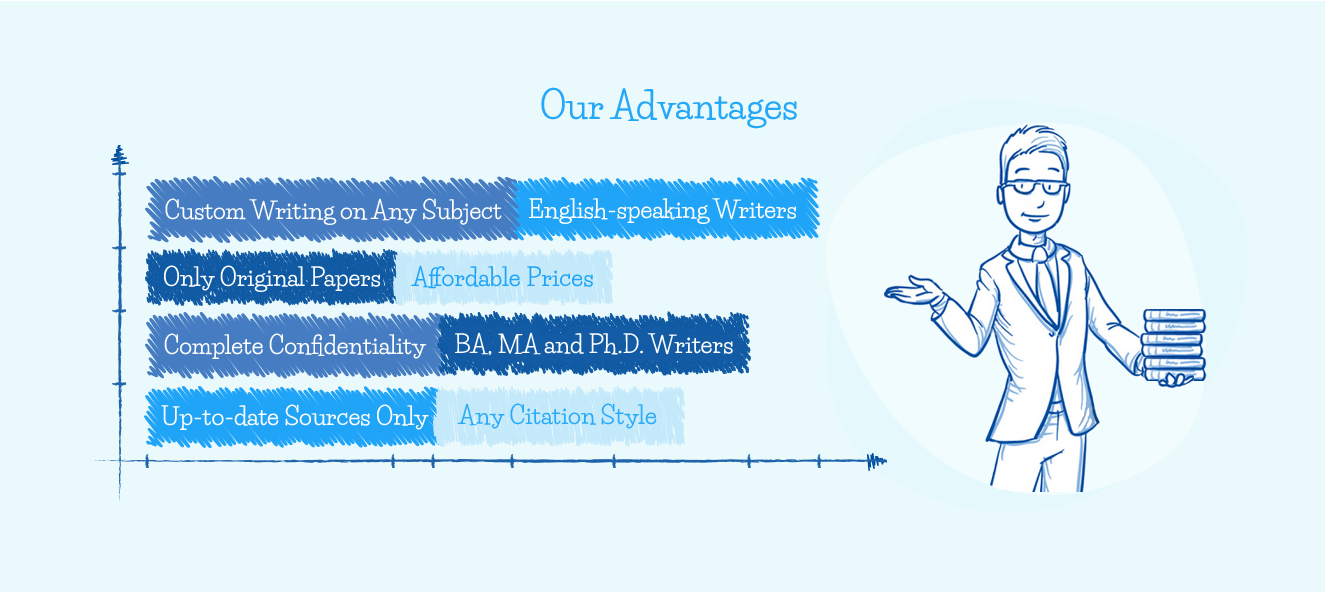The House I Live In
The problem of drugs is one of the major crime challenges in contemporary world. Although, the laws enforcement system tried to address this issue, it remains actual. The film The House I Live In directed by Eugene Jarecki (2012) investigates the problem of drug addiction form the sociological perspective. The movie focuses on the drug war and is a substantial source for social service, since it reveals true essence of addiction and the its roots.
Synopsis
The House I Live In brings out the issues related to the drug war. Moreover, the movie uncovers variety of important issues that arise in the American society due to it. President Nixon initiated the War of drugs as an attempts to reduce the addiction and other associated problems (Jarecki, 2012). Nevertheless, the efforts were in vain, since it did not have a clear unified strategy and aimed to addresses different dimensions at a time. The picture illustrates the sufferings of addicts, their relatives, dealers and others people involved. I believe that the key point of the movie is to reveal social roots of the problem in order to mitigate it in future. The director of the film depicts the pain of mother, who lost her addicted son, while taking care of other children. This story strives to reveal the true essence of the problems hidden in social processes. In this regard, the documentary argues the issues related to racial inequality, poverty, social disparities, law enforcement prejudices and moral sufferings of people.
Social Implications
The documentary The House I Live In is substantial for the social workers and researches in that it reflects the contemporary processes in politics, criminology and racial issues related to drug wars in the US. The best way to solve these issues is to understand their reasons that are rooted in the national history. The movie argues that the relation of drug distribution to the racial discrimination processes. Starting from the segregation restrictions and the civil rights movements, the African Americans were considered mainly as the criminals, while the contribution of the whites to the problem was not investigated in details.
The drugs are the main crime menace in America. However, it is not due to weak law enforcement system, but rather due to the mistakes and unconvincing involvement of the social workers. The government and social workers should approach the entire community, and the film gives particular suggestions how to do it. The families should be considered as a smallest unit of the country, since the parents form healthy child’s consciousness. The film proves that the role of the mother is the most significant one, when it comes to the well-being of the children. Moreover, the picture provides fundamental implications for the children as they should realize that future problems are rooted in childhood and, therefore, should be careful with their lifestyle and decisions. As such, the documentary appeals to different parts of the society.
Moreover, from a different perspective, modern American society should aim to change the national culture that used to view African Americans as the criminals. It should strive to provide equal rights and opportunities for everyone. In such a way, the country will succeed in addressing poverty and racial hate, therefore, reducing the number of drug addicts who get on a slippery road due to unfavorable economic or social conditions.
Social Perspectives
Conflict Perspective
The key points of the documentary reveal essential social problems that can be explained form the conflict, exchange and behavioral perspectives. The conflict perspective of the movie is focused on the competitive nature of social interactions, which ultimately leads to ever-changing, conflicting, destructing and even violent consequences (R?ssel, 2013). The film depicts how the social changes can prevent the suffering of the people. I should admit that the picture does not condemn those who are addicted or became drug dealers, but rather tries to explain the reasons of their decisions. The collisions between rich and poor, beneficial and unfavorable, white and black became the reasons for ultimately changing nature of the society, turning more and more people into drug addicts (R?ssel, 2013). Therefore, the conflict perspective of the documentary confirms that the social relations and unfair attitudes toward the African Americans were the main reasons of the drug boom in the USA.
Exchange and Choice Perspective
The problem can be also explained form the perspective of exchange and choice theory. According to it, the contemporary drugs problem in the USA are a result of social interactions based on rewards and punishment (Redmond, 2015). The House I Live In depicts the black communities as the victims of the circumstances. They had limited abilities to improve the life quality, as the society regarded them as criminals even if they were not caught in illegal actions. Therefore, African Americans were the first to use the drugs, as they rationally intend to maximize their profit.
Sociological Behavioral Perspective
Looking into the complications and challenges faced by African Americans, one can consider the picture form the sociological behavioral perspective, which explains the problem of drugs form the outlook of the behavior in the broad social context. The behavior of the people who faced drug addiction can be characterized as ultimate mistake, since they realize it but cannot resist. Such people feel the pressure of entire society that regards them as useless details of a big mechanism (Krapfl, 2016). The decisions of drug addicts should be considered form the sociological perspective only in wide social context.
Application of the Analysis
How it works
Step 1
Visit our website and go to the order formStep 2
Fill in specific essay details in your order description sectionStep 3
Pay for your custom essay and get your order verifiedStep 4
Process of writing your academic assignmentStep 5
Editing and anti-plagiarism checkStep 6
On-time delivery of an already written essayConsidering the thoughts brought up by the film analysis, I would try to change my future social practice. Thanks to the movie, I understand that general hate, aggression and fear toward the addicts is nothing more but a prejudice, as they commit mistakes and have a natural right to be assisted in the process of their treatment and support. From now on, I will address the problem of drugs as a complex phenomenon related to historical social changes, racial biases and class superstitions. According to the inner message of the film, contemporary social services have an opportunity to change the future of babies born in risky families with financial and legal issues (Jarecki, 2012). That is true that it is hard to solve the problem of drug addiction in no time, as it has many sources, however, it is possible to reduce addiction in the future generations, addressing racial and class biases. The issue should be addressed at its macro level improving the racial and class inequality problem and at micro level, therefore changing the future opportunities of the children from poor families with crime issues. Thus, the American society should be more tolerant toward the African Americans and guarantee equal rights and opportunities for everyone.
Conclusion
The film The House I Live In regards the problem of drug addiction form the sociological perspective and analyses its relation to historical, economical and political changes. The film does not present the addicts as the criminals but rather shows them as the victims of class and racial prejudices. The picture contains variety implications for the sociologists, politics, and average citizens. It can be considered form the perspective of conflict, exchange and behavioral social theory, which explains the premises, conditions and consequences of the drug problems development as well as useless drug war. This film can be applied as educational material for the social workers in order to teach them how to address the issue at the micro and macro levels.

















